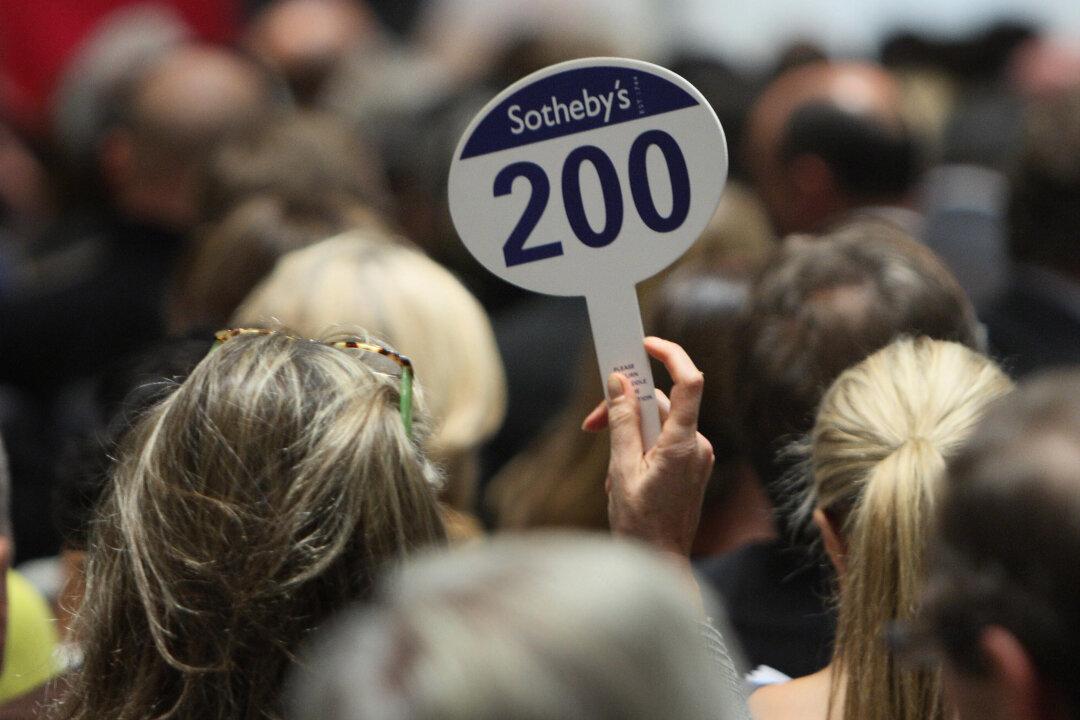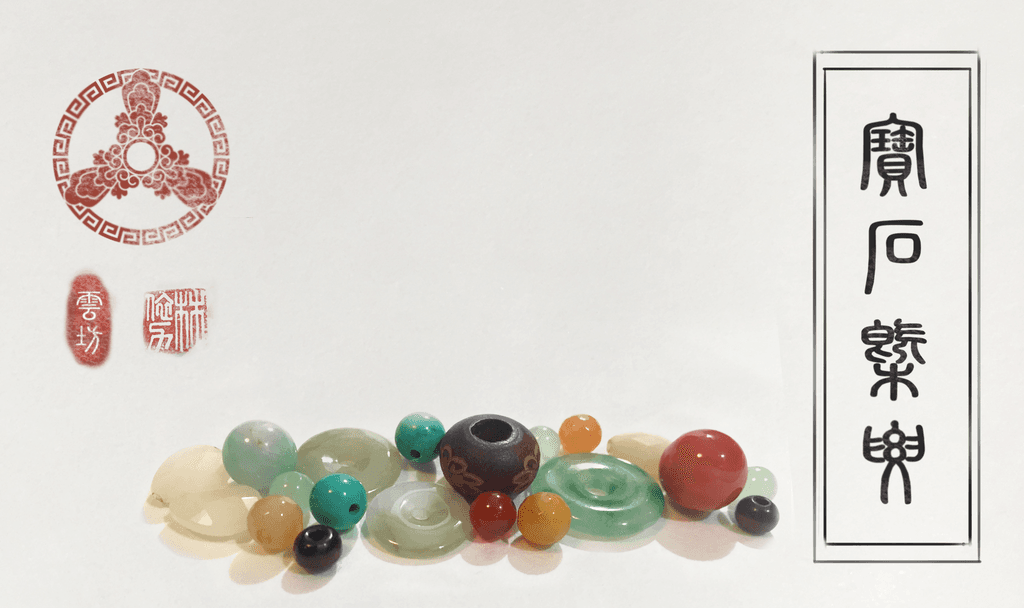For anyone new to the world of auctions, there are some basics you should know and many pitfalls to avoid. The regulations surrounding auctions are far from perfect, so one must be well informed, both about the auction process and the art piece itself.
Setting Goals and Preparing
A successful bidder always knows what his or her goals are—it is vital to set price limits for yourself.
First, check the catalog that the auction house puts out and decide which pieces you are interested in bidding on.
Before the auction, attend the preview to examine the items. Check for damage and scratches and request a condition report. Ask questions of the auction house staff. If provenance is important to you, make sure to ask about that. Many larger auction houses have this information listed on the website, so use the Internet as a resource.
For serious pieces, compare them with sales databases online. There are several sites that require a paid subscription, but there are free options as well—larger auction sites like Christie’s, Sotheby’s, iGavel, and Swann always post past sale results, and you can learn a lot by searching through these sites. If online research is only getting you so far, consult a gallery owner or dealer who is an expert in that area of art.
Take your ID, checks, and debit card to the auction. Most auction houses do not take credit. Make sure you are dressed comfortably and have snacks and water, especially if you are sticking around for a large section of the auction. The bidding will progress in the order of items listed in the catalog.
While Bidding
There are many ways to bid nowadays. Many of the big players at auctions don’t show up in person, opting instead to bid by phone or online. Phone bidders sometimes tend to be the most aggressive, and take the winning bids on big-ticket items. Bidding online is very easy as all you have to do is watch the live auction and hit the “bid” button until you either win or meet your preset price limit.
You may also bid by proxy by giving your highest bid for an item to the auction house beforehand. Staff will put in your bid in a competitive manner during the bidding. The price named must be realistic or the bid will not be accepted.
In any case, beware of “chandelier” bidding, also known as “bouncing the bid.” This is when the auctioneer points to an imaginary bidder in the back of the room as if he saw a paddle go up. His aim is to increase the competitive atmosphere and spur the real bidders on, thus inflating the price of the item. While unethical, it is still legal in New York, and disreputable auctioneers may engage in the practice.
The bottom line is to figure out what you want before an auction, how much you are willing to risk, and decide which auction houses you trust. If you are well informed on all these counts, the confidence will come naturally as bidding gets underway. Enjoy the experience, and may the worthiest bidder win.
Auctions Big and Small
There is such a huge variety of places where one can find an auction. From small community auctions and charity auctions, to regional auction houses, to huge international houses like Christie’s and Sotheby’s, there is something to suit everyone’s tastes.
Themed auctions are centered on fine art, antiques, furniture, and artifacts of a certain period and/or area. Estate auctions tend to contain a more eclectic mix of items. Find out the full range of auction houses in your area to get a feel of what’s available and what they offer.






